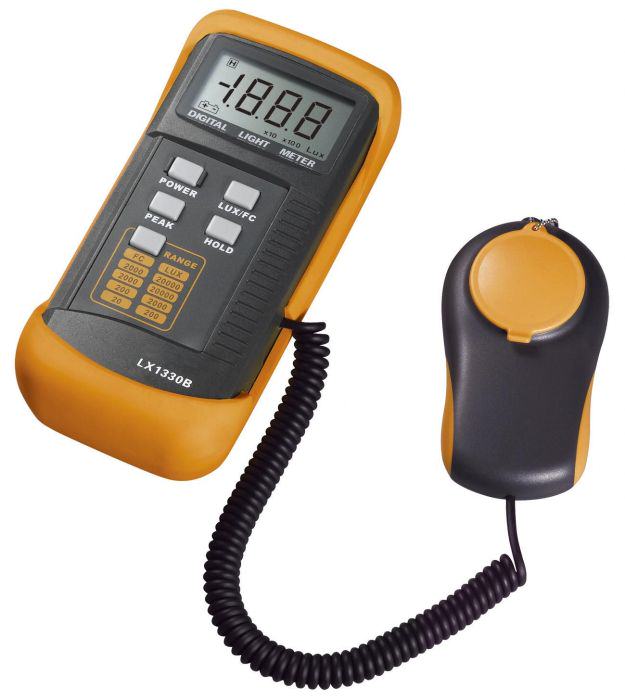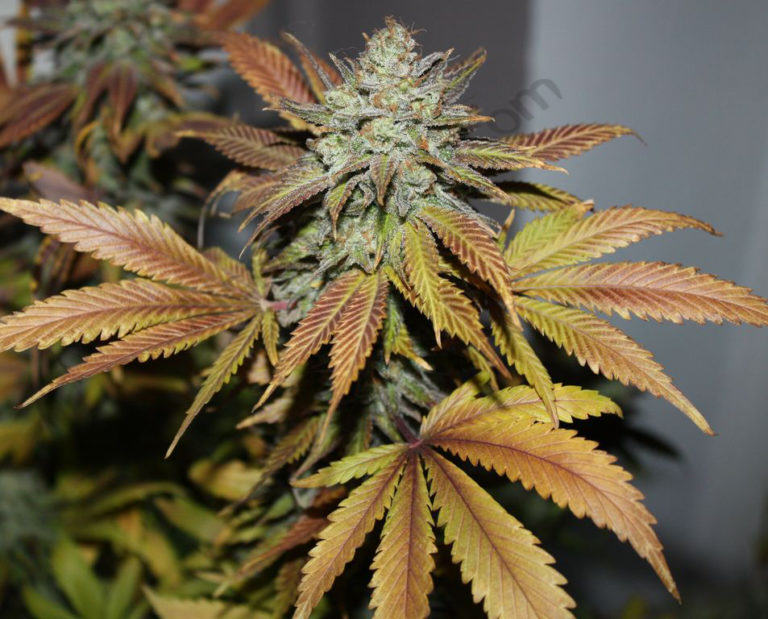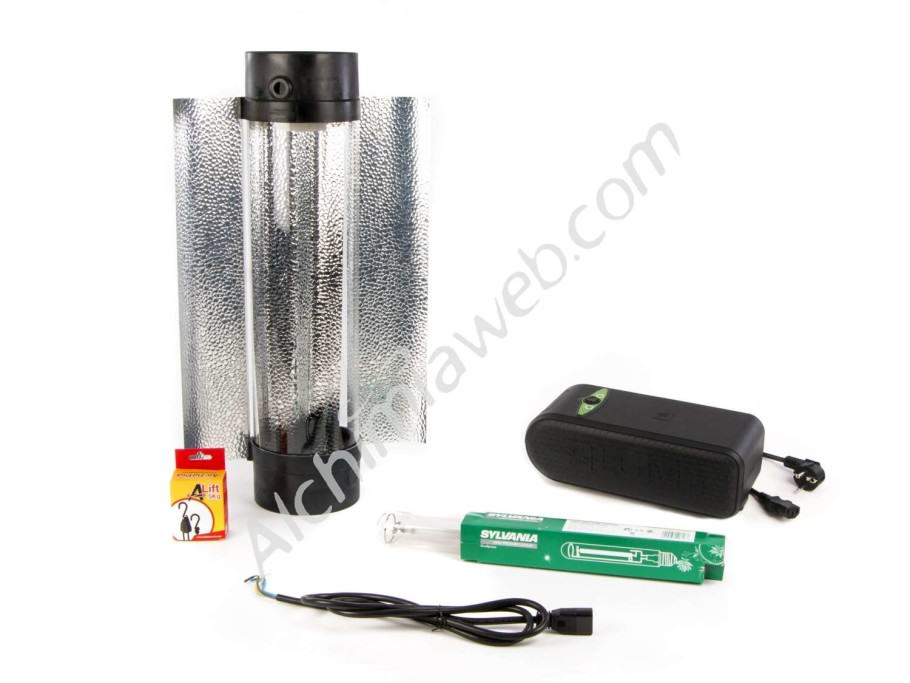How to use plant hormones in cannabis cultivation
List of contents
You're probably aware that the hormones we humans produce can have a marked effect on our behaviour, metabolism and physical development, but it's not just us that do this, it's a common trait to almost all other organisms, and even plants synthesize hormones too. Over the course of a plant's life cycle, almost all aspects of its activity, of its growth and its development, are controlled by these organic chemicals that the plants naturally produce for themselves, and which we call phytohormones.
These plant hormones not only regulate the morphology and metabolism of plants but also determine how the plants respond to environmental factors such as stress and physical damage caused by weather conditions, pests or pathogens. In this article, we'll take a look at the most common phytohormones, the effects they have on plants, and some ways that gardeners can harness the huge potential of natural plant hormones to their own benefit.
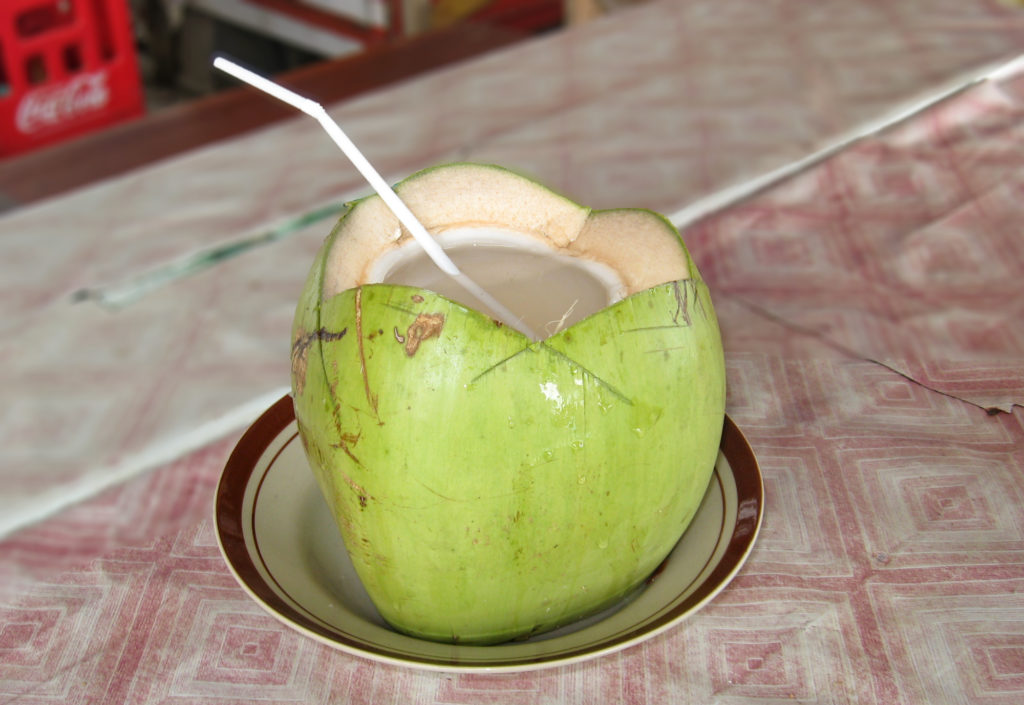
Hormones can be defined as natural organic chemical messengers or signals that are produced by an organism to control the way its cells function. These hormones are normally synthesised in very small amounts by specialist cells in one part of the organism, before being transported to the part where they take effect. Humans and other animals do this by means of an endocrine system, a network of glands that have evolved to produce and store hormones which are then moved to their target site through the body's circulatory system. Plants, however, do not possess an endocrine system. Instead, all plant cells have the potential to synthesise hormones, which are then either transported via vascular tissue as well as cell-to-cell through a process known as plasmodesmata or on occasion used locally.
We can generally categorise the individual phytohormones as working to either promote, inhibit or otherwise affect growth in one way or another. However, it is largely the interaction between these phytohormones that determines the changes to the plant's metabolic processes, rather than the action of one single plant hormone in isolation.
This means that a plant's reactions to changes in the levels of any one hormone will depend upon the action of multiple phytohormones, with quite diverse effects being observed when the ratios between them are changed. Some hormones will inhibit the action of others, For example, seed germination is mostly brought about as a result of changes in the balance between levels of abscisic acid, which inhibits germination, and gibberellic acid, which promotes it. Similarly, the process of senescence or the natural ageing process of plants is the result of the complex interplay between various hormones, including ethylene, auxin cytokinin and gibberellin.
Another good example of this is the change to the flowering photoperiod in our grow room. When the plants are triggered to begin flowering they wind down auxin production and start to increase the production of not only gibberellin (responsible for the stretching at the onset of bloom) but also of cytokinin, which has the effect of promoting new shoots and flowering tips. Some growers take advantage of this by using a cultivation technique called "Monster Cropping", by which they revert plants back into vegetative growth after a couple of weeks of 12/12 photoperiod, at which time the high levels of endogenous cytokinin will greatly increase branching, leading to more bud sites and higher yields when the plant is finally flowered.
The five principal plant hormones
Auxins
Auxins play a significant role in the following processes:
- Cell division and elongation - leading to taller, stronger stems
- Leaf formation, senescence and abscision
- Root formation and development - lateral, secondary and adventitious roots
- Apical dominance - favouring vertical growth
- Fruit development
- Phototropism and geotropism/gravitropism - plant growth reaction react to light and gravity.
Auxins are the principal group of growth control hormones and were the first of the phytohormones to be studied. The effects they caused were noted by ancient scholars, but it was Charles Darwin who first explored the mechanism by which plants use these chemical messengers to control growth. In experiments dealing with phototropism, he demonstrated that the light sensed by the tip of a seedling caused the stem to bend towards the direction of the light.
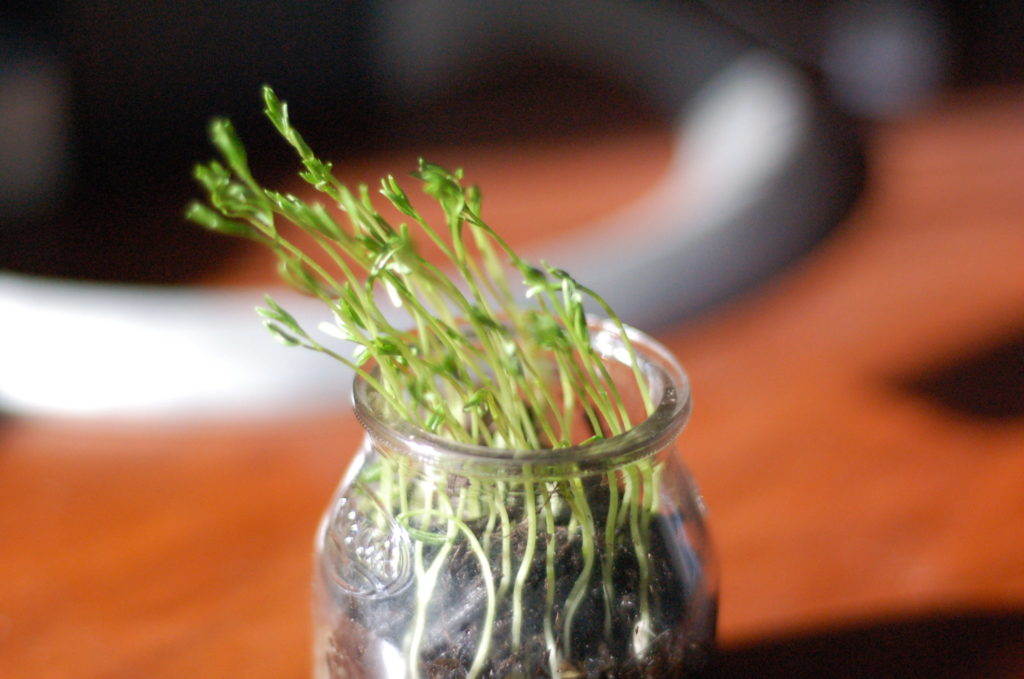
The most important and widely studied auxin is Indole Acetic Acid (IAA), which is synthesised in the plant's main growing tip (the apical shoot) and transported downwards to the rest of the plant, both via the phloem and cell-to-cell, with the effect of its action diminishing the further down the plant we go (see cytokinins, below).
IAA occurs in particularly high concentrations in the young shoots of willow trees (genus Salyx) and is also found alongside other phytohormones in kelp and coconut water. It is frequently used in rooting compounds and often replaced with indole-3-butyric acid (IBA), a synthetic version which is the active ingredient in the most popular rooting gels like Clonex. As with all hormones, auxins are synthesized in minute amounts, and highly concentrated doses will have a severe growth-inhibiting effect. Indeed, some synthetic auxins are used as selective weedkillers for lawns, as they only affect dicot plants (with two seed leaves) and not grass, which is a monocot.
Growers can take advantage of auxins in our garden, either to promote rooting or as a general growth stimulant for our plants during the vegetative growth period. A simple way to source auxins is by making a seed sprout tea with legume grains such as lentils or chickpeas.
In addition to providing auxins from external sources, we can also alter the balance of auxins in our plants by physical means. When we prune the tips of our plants, we are removing the source of the auxins, which has the effect of reducing apical dominance, alternatively, when we train our plants with LST (Low-Stress Training) we are relying on the phototropic and geotropic effects of auxin activity to shape the plant in the desired way.
Cytokinins
Cytokinins play an important role in:
- Promoting cell division, cell enlargement and differentiation
- Promote the development of adventitious roots and axillary buds, leaf formation and enlargement
- Breaking seed dormancy by increasing metabolic activity
- Reducing apical dominance
- Delaying senescence - leaves treated with cytokinin will stay greener for longer. (Richard Lang effect)
- Stimulating morphogenesis in tissue culture (shoot initiation/bud formation)
- Also has some effect on nutritional signalling
The most common naturally occurring cytokinin is Zeatin, first isolated from corn in 1961. Cytokinins promote the physical process of cell division by enhancing Cytokinesis, the point when a cell splits into two daughter cells. They are thought to be synthesized in the plants' roots and then transported to the nodes and shoots via the xylem, with its effect reducing progressively the further up the plant we go, in the opposite way to auxins.
Indeed, it is the balance between auxins and cytokinins that means plants are generally wider and more bushy at the bottom than at the top. In 1957, Skoog & Miller showed that the ratio of cytokinin to auxin was responsible for the differentiation in cell development, with high auxin concentrations promoting roots and high cytokinin levels promoting shoots. When the ratio is equal, simple cell division without differentiation is promoted, a function which has become very useful to produce callus material as part of the tissue culture process.
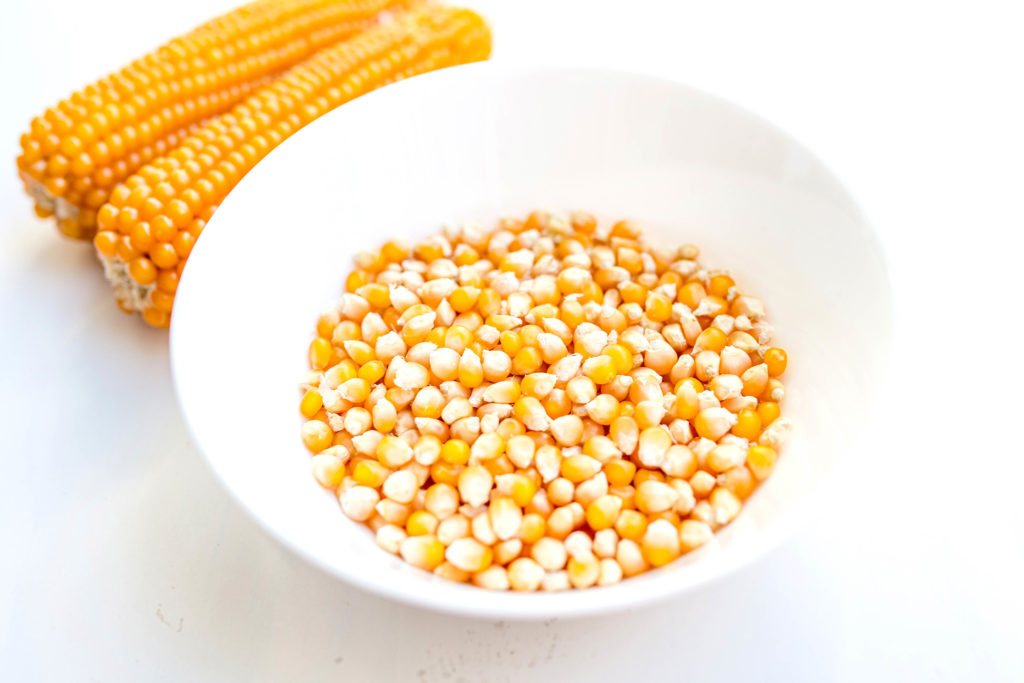
The senescence-delaying effects of cytokinins are of great use in the agriculture and horticulture industries, where they are employed in various ways, from increasing yields in crops to preventing fruit and leaves from discolouration during post-harvest transportation. They are also frequently applied to cut flowers to keep them looking fresh and vibrant for as long as possible.
Cytokinins are found naturally alongside other phytohormones in seaweed and coconut water, and also in high concentrations in corn/maize grains, which we can use to make a seed sprout tea (SST) which we apply to our plants via irrigation. This makes an ideal growth stimulant for the vegetative and the flowering phase, causing the plant to develop a greater number of thicker, stronger stems and branches, resulting in bigger flowers and heavier harvests.
Gibberellins
Key to many processes in plants, including:
- Stimulate cell elongation
- Stimulate germination
- Flower induction
- Trichome development
- Promote bud development
- Delaying senescence
- Root development
- Response to environmental stress
- Sex expression
Gibberellins are growth-promoting phytohormones that act as general plant growth stimulants, playing an important role in many of the metabolic functions of vascular plants. Gibberellins promote germination by breaking seed dormancy, they are key to flower initiation and also promote bud and trichome development, stem elongation and root development. Gibberellins also help plants to respond to stress caused by environmental factors. They are present in the growing parts of plants, the apical bud, flower stamens, young leaves and the root system.
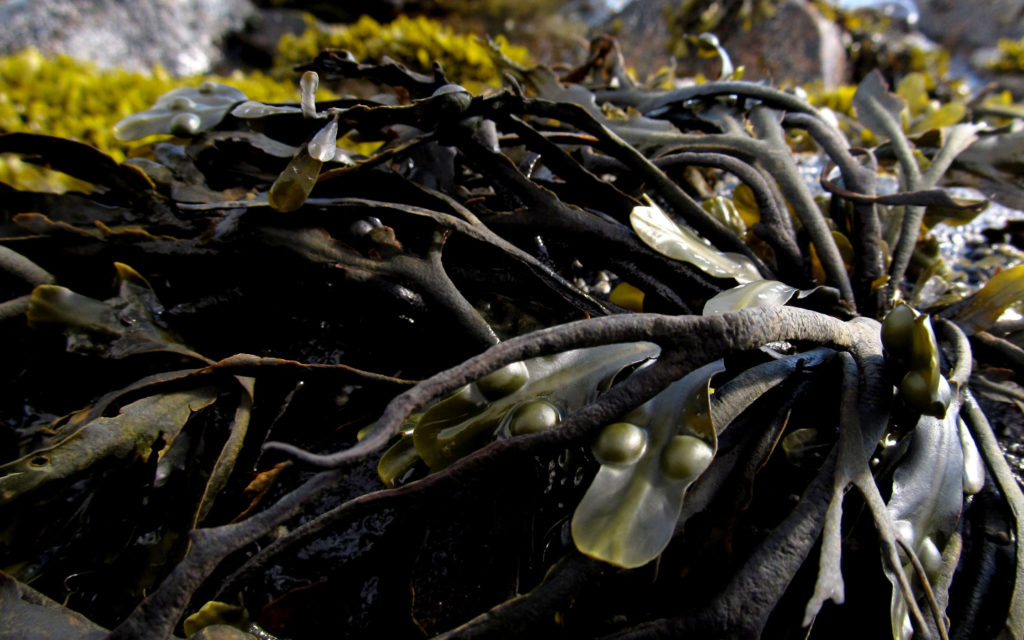
Many different types of gibberellin (GA) have been identified, of which gibberellic acid (GA3) is the most well-known, the most effective and widely available form. It was first discovered in the 1920s by Japanese scientists when they observed that a fungus called Gibberella fujikuroi promoted abnormally elongated growth in rice plants. Today this fungus is still the principal natural source of commercial gibberellic acid extraction for use in agriculture, but it is also extracted from the anthers of rice plants, corn pollen and seeds, wheat seedlings and barley plants.
Dwarfing in plants is often symptomatic of a gibberellin deficiency, while an excess of GA will lead to the development of long, spindly stems that cannot support the plant. The different types of Gibberellins have a wide range of commercial applications in horticulture and agriculture where they are used to control plant morphology and metabolism, notably in the commercial flower industry, where they are employed to keep foliage green and give longer flower life.
In agriculture, GA is applied to various commercial crops to increase fruit size and yield, as well as to control other aspects of the fruiting process. In this respect, the dosage is everything, with very little margin between a dose that can induce flowering and one that suppresses it completely.
GA3 is also used by cannabis growers in some situations, albeit infrequently, mostly to assist in the germination of old seeds, but is also occasionally used to make feminised seeds, because when applied in the correct concentration, it induces the development of male flowers on female plants (sex reversal) although this method has largely been replaced by STS (Silver Tiosulphate). Gibberellic acid can be bought in its pure form for these specialist applications, but for general gardening use the best source is the wide range of kelp/seaweed products currently available on the market, which also contain high concentrations of auxins and cytokinins, as well as macro and micro-nutrients, making for a great all-round plant growth stimulator, perfect to use from germination right through to the flowering period.
Abscisic Acid
Has the following functions:
- Inhibits shoot growth
- Promotes seed dormancy
- Stimulates closing of stomata, halting transpiration
- Environmental stress response
- Inhibits fruit-ripening
- Anthocyanin (colour) development
- Abscission of flowers and fruits
- Leaf senescence
- Promotes rooting
While all the other hormones we've looked at have promoted growth in some way, abscisic acid works to inhibit growth, counteracting the effects of the other phytohormones.
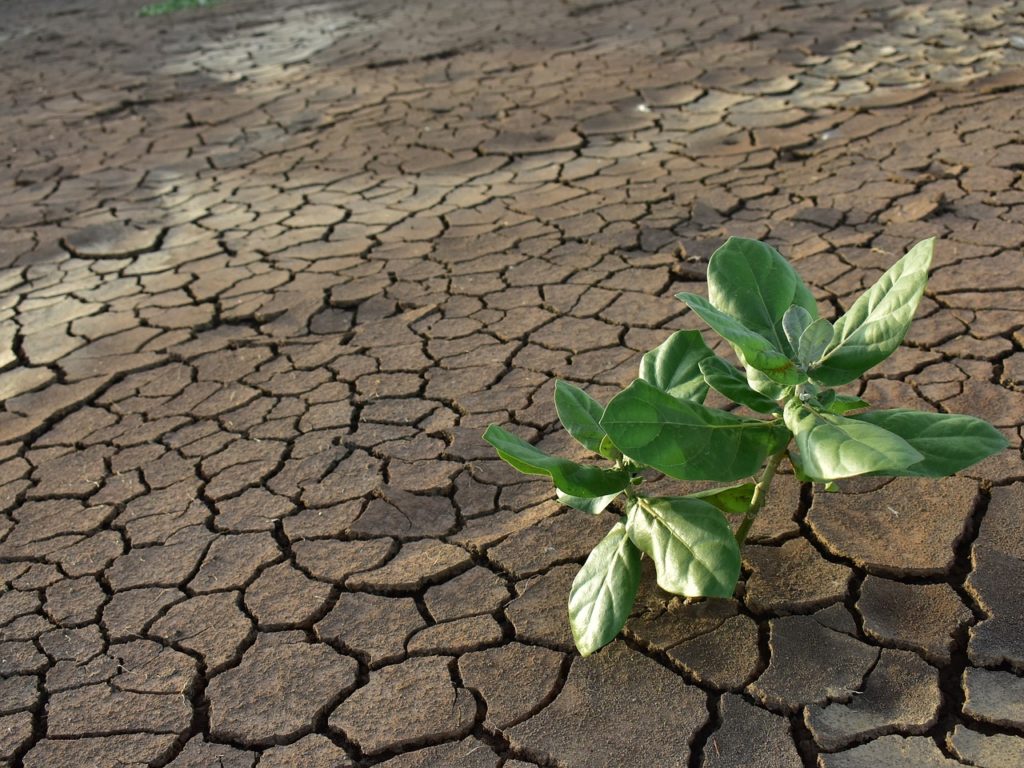
Abscisic acid (ABA) was first isolated from cotton fruit in the early 1960s. It was first known as dormin and is sometimes still referred to as a stress hormone. It was named abscisic acid because it was originally thought to be the hormone responsible for abscission in plants (the detachment of leaves and fruit), although it was later discovered to play only a minor role in this process. It is, however, key to stress response and plant survival, preventing seeds from germinating in the harsh winter cold which would kill them, and stopping plants from developing new leaves in a drought.
ABA promotes dormancy in seeds and buds and inhibits ripening in fruit. It also inhibits photosynthesis, delays cell division and reduces transpiration. These effects are a normal part of the plants' natural cycle through the seasons, but ABA also has an important part in responding to environmental stresses caused by drought, cold, heat, soil salinity, as well as responding to pest and pathogen damage.
Plants produce abscisic acid in their terminal buds as winter approaches, which works to halt growth in preparation for the coming cold weather. In drought conditions, ABA is produced in the roots and then transported to the leaves, where it stimulates the closing of stomata, temporarily halting transpiration and reducing water demand in times of scarcity.
ABA has its uses in agriculture and is mostly applied to crops as an anti-drought measure, acting to reduce transpiration and photosynthesis to delay wilting and keep plants alive during brief periods of intense dryness. It can be used to prolong dormancy in seeds and plants, and is also used to enhance colour development in red table grapes by stimulating anthocyanin biosynthesis.
Ethylene
- Stimulates and regulates fruit ripening
- Induces seed germination
- Stimulates leaf senescence
- Induces leaf abscission
- Helps plants survive low oxygen situations eg. flooding
- Stress response, particularly to salinity
- Increases petiole and internode length
- Sex determination
- Female flower development
Ethylene or Ethene is a gaseous, flammable hydrocarbon that is hugely versatile and widely used in the chemical industry. Indeed, its production exceeds that of any other organic compound in the world, and much of this production is destined to making polyethylene, one of today's most widely used plastics.
Ethylene occurs naturally through the breakdown of methylene and is produced in all parts of the plant, particularly in cells undergoing senescence and in ripening fruit. Its action counteracts the effect of auxin and is what triggers the ageing process in plants. Its main effects are to promote senescence and the ripening of fruit. It also increases petiole length and internode distance. Ethylene plays a part in breaking seed dormancy and promoting germination.
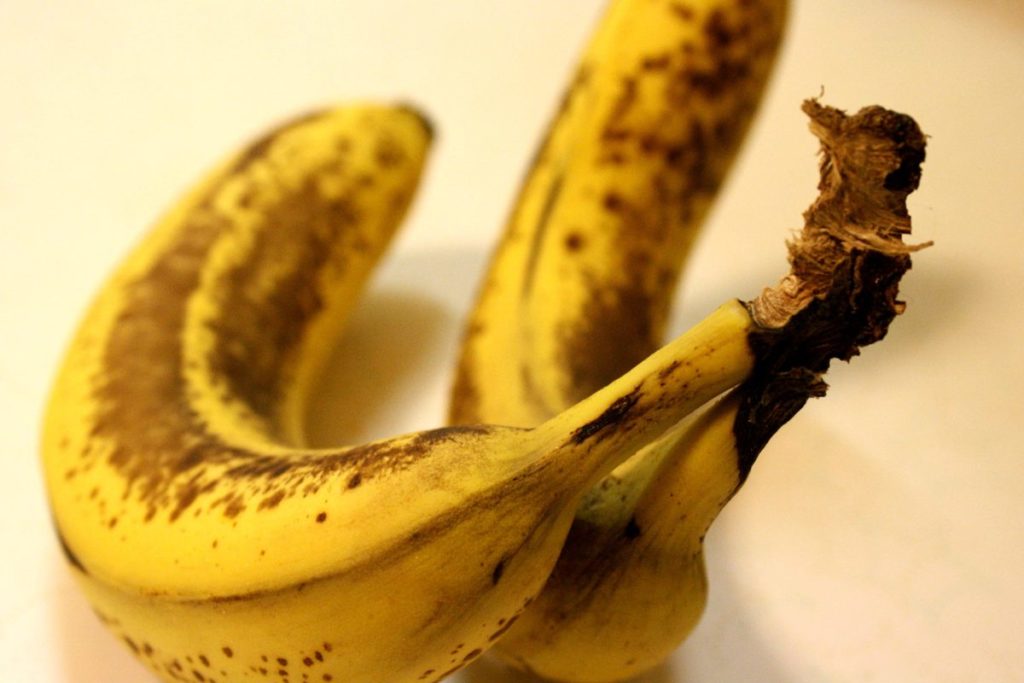
The balance between auxin and ethylene has an important role to play in leaf abscission at the end of the growing season when the cold weather triggers ethylene production at the same time as auxin levels are reducing within the ageing leaf.
Ethylene is key to sexual expression in many plants, cannabis included, with female flowers requiring much more ethylene to develop than male flowers. By applying ethylene-inhibiting agents such as STS (Sliver Tiosulphate) we can induce male flowers on female plants to create feminised seeds.
It is highly valued in commercial agriculture, where it is employed on a huge scale to ripen fruit that by necessity must be picked early to ensure damage-free transport. In these massive commercial ripening operations, ethanol is converted to ethylene and pumped in to ripen fruit, but man has used the ripening effect of ethylene at least since ancient Egyptian times when they would cut figs to ripen them, as ethylene production is stimulated by physical damage. This is the reason that we enclose fruit in a paper bag to accelerate ripening, or that fruit will ripen more quickly if we add a mature apple or banana to our fruit bowl.
On the other hand, the ethylene naturally produced by fruit can also cause problems in the transport and storage of fruit, dramatically reducing shelf life and leading to losses due to spoiled produce. Indeed, this phenomenon is the origin of the phrase "one bad apple can spoil the whole bunch".
More Phytohormones:
Triacontanol. A naturally occurring phytohormone found in epicuticular plant waxes, in beeswax, and most notably in high concentrations in alfalfa. It is a potent growth stimulant which raises levels of chlorophyll in leaves, thus increasing photosynthesis while increasing the rate of cell growth and division. Triacontanol can be applied to our plants in the form of a botanical tea made with fresh alfalfa plants, dried plants or alfalfa meal, and also as a seed sprout tea using alfalfa seeds. It's worth bearing in mind that these preparations with alfalfa are generally quite potent, so go carefully with the dosage and make sure you start applying in low concentrations to avoid any adverse effects.
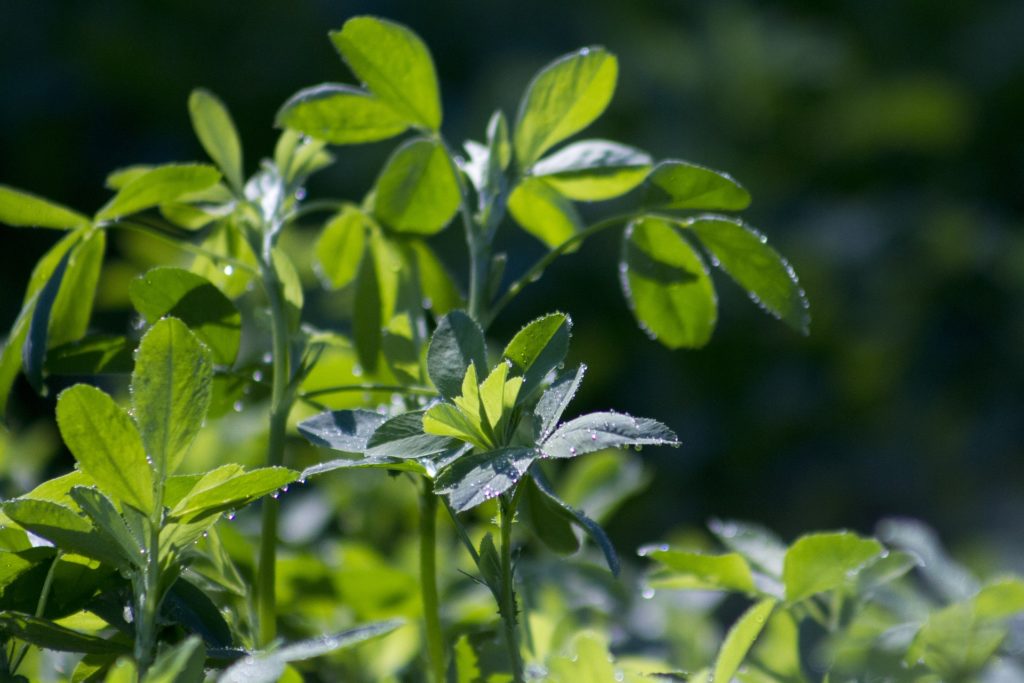
Jasmonates - The principal of which is Jasmonic Acid (JA), originally isolated from Jasmine Oil. Jasmonates have an important part in plant response to tissue damage, acting to slow growth while redirecting the plant's metabolism towards repairing the damaged tissue. Jasmonates are synthesised in response to damage from pest or pathogen attack and lead to the expression of defence genes. Part of this set-defence action is the promotion of trichome formation. Jasmonates have a powerful senescence-promoting effect, they can inhibit seedling growth, leaf expansion and root growth. They also play a part in flowering, related to sex determination, promoting fertility and regulating the onset of flowering. Jasmonates can promote the germination of dormant seeds and, conversely, inhibit germination in non-dormant seeds. Methyl Jasmonate, which is derived from jamsonic acid, is commonly used to increase plant resistance in horticulture.
Brassinosteroids - The first of these growth-promoting plant hormones to be isolated was Brassinolide, from Brassica Napus (oilseed rape) pollen, but brassinosteroids are present in many plants. Mutant dwarf plants are often brassinosteroid-deficient. Brassinostreiods work alongside auxins to promote cell expansion and elongation, play a key role in pollination and has some part in cell division. They promote vascular differentiation and are involved in accelerating senescence in dying cells. They have also been shown to give some protection against cold and drought stress. Studies show that Brassinosteroids could be of great use in agriculture as a low-impact, environmentally-friendly PGR to strengthen plants.
Salicylic Acid - A natural precursor to the drug Aspirin. Found naturally in high concentrations in willow tree shoots, and also in Aloe Vera leaves. Works to encourage rooting and defence signalling, being crucial to induce systemic acquired resistance (SAR), the plants' auto defence response against pest and pathogen attack. Salicylic acid helps mitigate heat and hydric stress, and plays an important role in growth and development, affecting seed germination, photosynthesis, flowering and senescence. We can harness these benefits by making "willow water", a simple infusion of fresh willow shoots in boiling water left to steep overnight, which we can then apply to plants via irrigation or foliar spray to encourage rooting and general plant health.
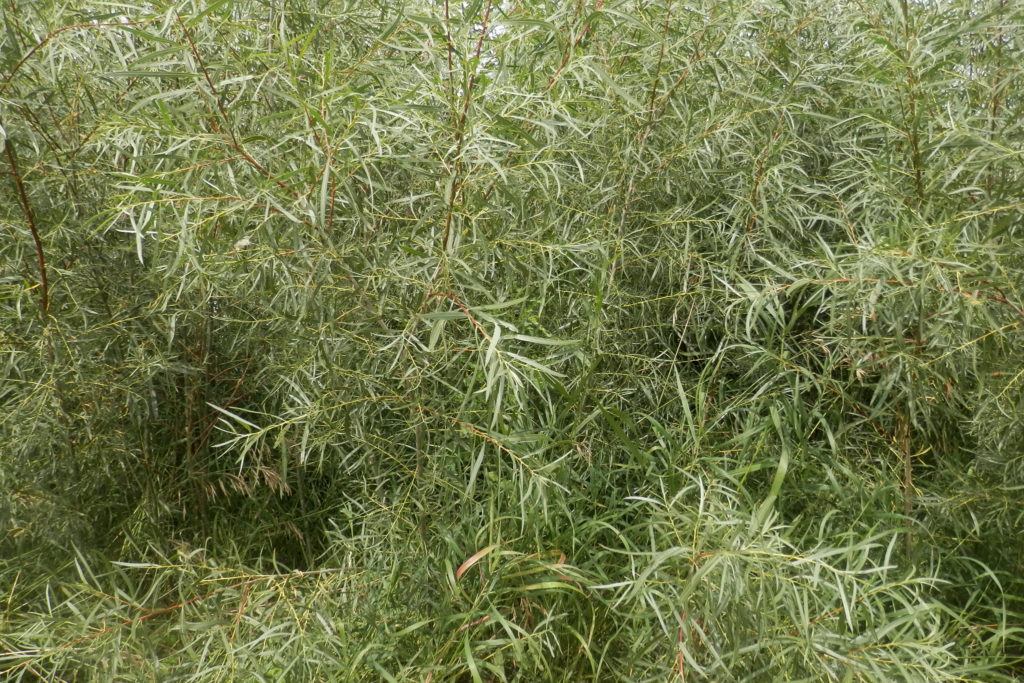
Strigolactones - Works to inhibit branching through its control of auxin secretion. It is also linked to the synthesis of Abscisic Acid. Strigolactones are crucial to the relationship between plants and symbiotic fungi, stimulating the germination of mycorrhizal spores, and are essential to the exchange of nutrients between roots and fungi, and vice-versa. They also play a key role in the germination of parasitic plants of the genus Striga, which parasitise the root zone of host plants, causing serious losses in crops such as maize, rice, legumes, sugarcane among others.
Traumatic acid - Biosynthesised by plants from traumatin, traumatic acid is a potent wound response hormone that works by stimulating cell division in response to damage, forming callous material and protecting the wound.
Florigen - Scientists have proven the existence of this flowering-inducing hormone or hormone-like molecule linked to the process of photoperiodism, although despite decades of research its mechanism is still a mystery. It was shown that grafting a leaf taken from a flowering plant onto a non-flowering plant was enough to induce flowering in the latter despite being kept in a non-flowering photoperiod. The same leaf can be removed and grafted onto another plant, giving the same results. Efforts to isolate and identify this molecule are ongoing, but it could theoretically be of great use to cannabis growers, potentially enabling photoperiod-independent flowering in non-auto genetics.
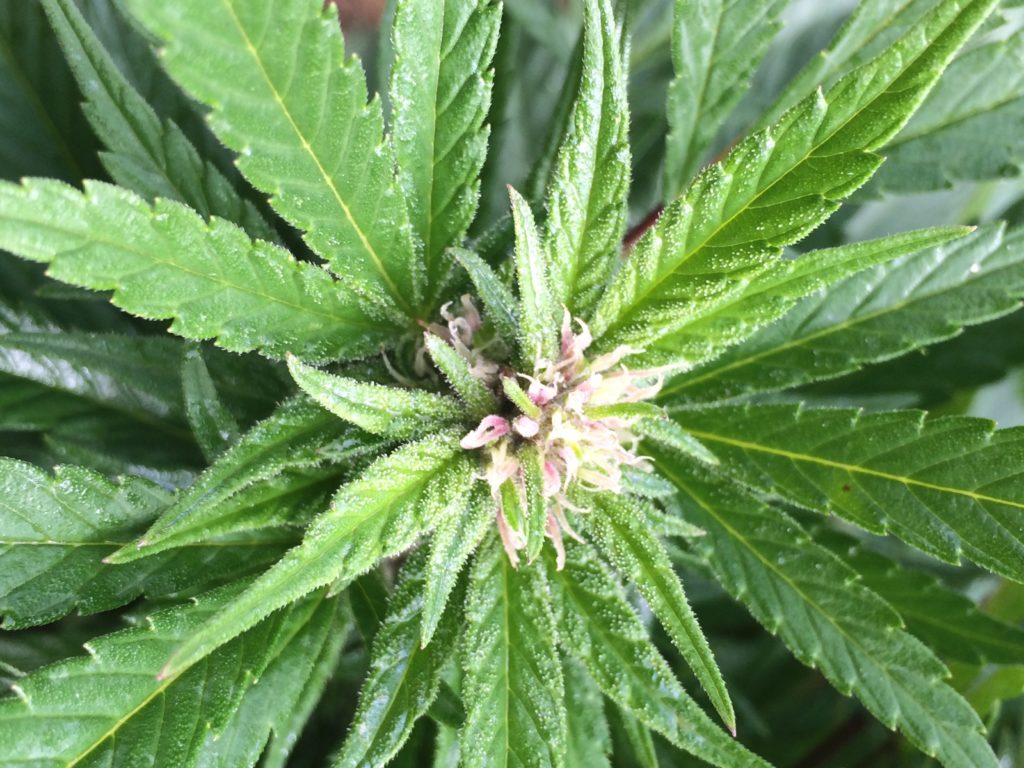
Thanks for taking the time to read our post, we hope that now you're a little more familiar with the complex world of plant hormones and the effect they have upon the multitude of mechanisms and factors acting upon our plants throughout their lives.
Selected references:
- Phytohormones and Beneficial Microbes: Essential Components for Plants to Balance Stress and Fitness - Dilfuza Egamberdieva, Stephan J. Wirth, Abdulaziz A. Alqarawi, Elsayed F. Abd_Allah, and Abeer Hashem
- Plant hormone transporters: what we know and what we would like to know (2017) - Jiyoung Park, Youngsook Lee, Enrico Martinoia, and Markus Geisler
- Auxin transport routes in plant development (2009) - Jan Petrášek, Jiří Friml
- Skoog, F., and Miller, C.O. (1957). Chemical regulation of growth and organ formation in plant tissue cultures in vitro. Symp. Soc. Exp. Biol. 11, 118–131.
- Brassinosteroids and Plant Steroid Hormone Signaling - Gerard J. Bishop1,a and Csaba Konczb
- Jasmonate action in plant growth and development - Huang Huang, Bei Liu, Liangyu Liu, Susheng Song
- Induction of Male Flowers on Female Plants of Cannabis sativa by Gibberellins and Its Inhibition by Abscisic Acid It. - H.Y. Mohan Ram and V.S. Jaiswal 1972
- W.B. Miller, in Encyclopedia of Applied Plant Sciences, 2003
- Natural Sources of Gibberellic Acid Extraction - Victoria Martin
- Silver thiosulphate: An experimental tool in plant science. H.Veen 1983
- The Chemical Composition and Biological Properties of Coconut (Cocos nucifera L.) Water - Jean W. H. Yong, Liya Ge, Yan Fei Ng, and Swee Ngin Tan












































